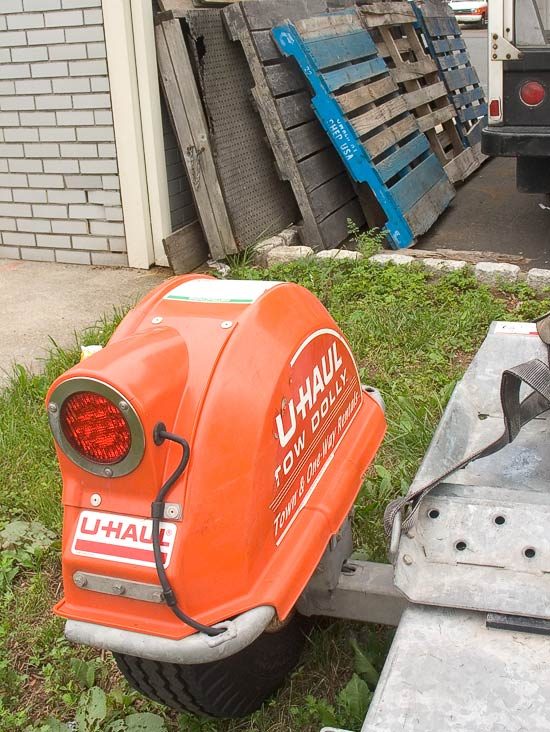
Sometimes you have a pretty good idea why. Sometimes you don’t have a clue. When you do a blog involving your own photographs, it’s easy to get caught up in trying to explain your pictures.
In journalism, captions locate photographs in time and place and provide useful information about what is taking place or who we are looking at. They also provide what editors call "entry points" into a story. Multiple entry points are essential these days, and include things editors call boxes and sidebars and pull-quotes as well as traditional headlines, and sub-heds.
Now strip that information away. Does the photograph stand on its own two feet?
Scientists talk about whether a proof meets the standard of being "necessary and sufficient" to explain a given phenomenon. That phrase identifies a kind of sweet spot–just enough, but not too much–that you don’t have to be Goldilocks to appreciate.
It’s a good standard for photographs, too. And a tough one. Is everything in the picture visually necessary and sufficient?
You could apply the "necessary and sufficient" test to almost anything–the ingredients, seasoning and preparation of a spaghetti puttanesca; the design and construction of a staple gun. As Goldilocks would say, Is everything about it just right?
Can that be said of this picture? Maybe not. But I take hope from the following:
In an introduction to a collection of his complete poems, Richard Wilbur wrote,
"…there is nothing to do in art but to persevere hopefully in one’s peculiarities."
I keep that taped over my desk at home. It’s a liberating thought. And it uses "hopefully" correctly, though I’m fighting a losing battle on that one.
All of which leaves open the question, Why was I drawn to this U-Haul outrigger–with its orange fender, externally wired stop light and retro name, "Tow Dolly"–which I came across while stopping for coffee somewhere en route between Long Valley and Princeton?
The simplest answer I can give is,
I thought it was cute.




